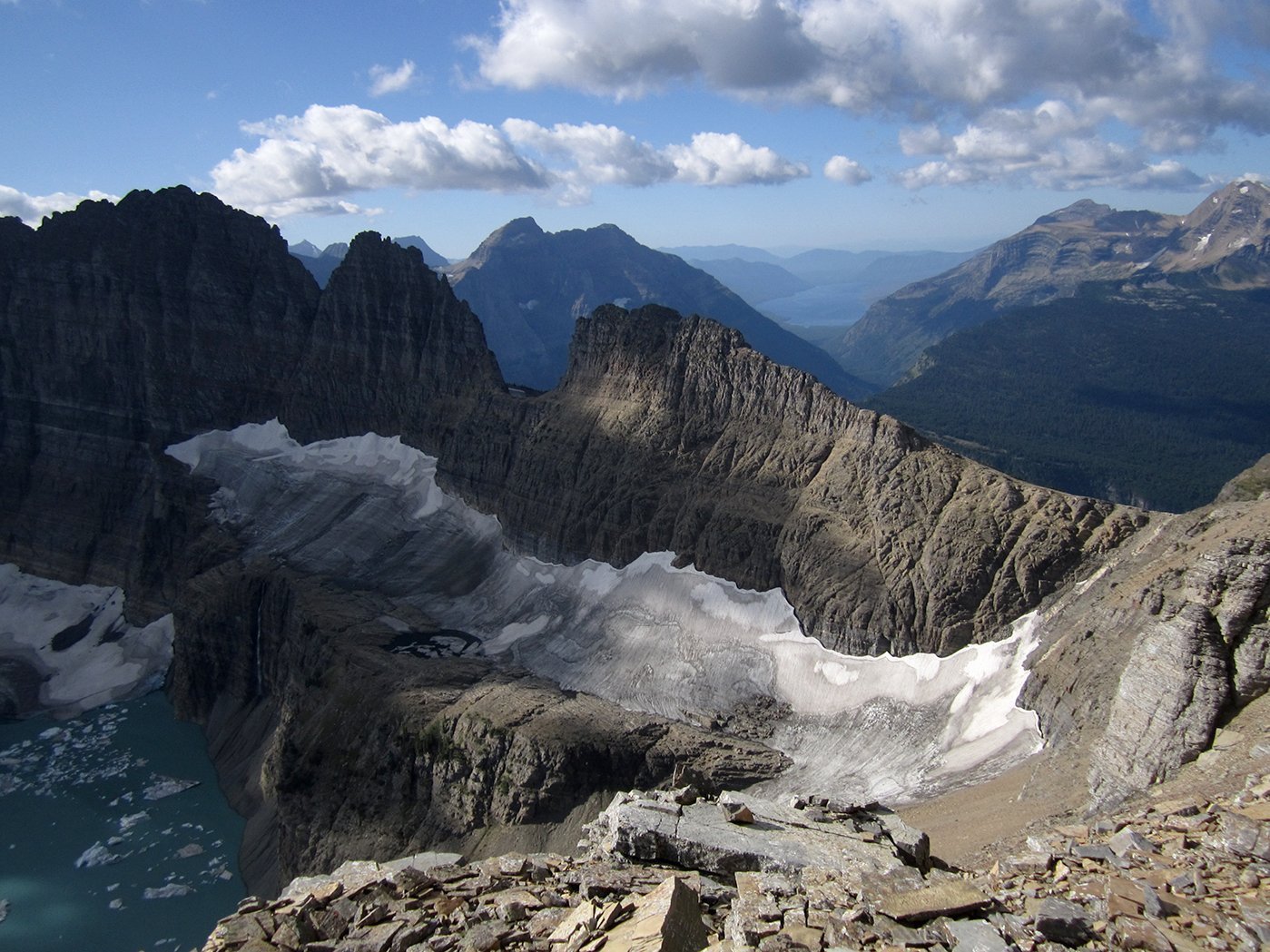The melting of glaciers in Glacier National Park is primarily driven by human-caused climate change. Rising temperatures, increased greenhouse gas emissions, and changes in precipitation patterns have led to significant glacier retreat. Since 1966, the park’s glaciers have shrunk by an average of 39%, with some losing up to 85% of their area. This article explores the scientific, environmental, and human factors contributing to this alarming trend.
What Are the Scientific Reasons Behind Glacier Melting in Glacier National Park?

The scientific reasons for glacier melting in Glacier National Park are rooted in climate change and its effects on the local environment. Here are the key factors:
-
Temperature Increase: Since 1895, temperatures in the region have risen by 1.5°F, which is part of a broader global warming trend. High elevation areas, such as Logan Pass, are warming much faster than the global average.
-
Greenhouse Gas Accumulation: The accumulation of heat-trapping greenhouse gases in the atmosphere, primarily carbon dioxide (CO2), has led to increased warming. This is largely due to human activities such as burning fossil fuels.
-
Changes in Precipitation Patterns: Climate change has altered precipitation patterns, leading to less snowfall and more rain in some areas. This affects the accumulation of snow that forms glaciers.
-
Albedo Effect: As glaciers melt, they expose darker surfaces beneath, which absorb more sunlight and further accelerate warming.
How Does Human Activity Influence Glacial Retreat in the Park?

Human activities play a significant role in the retreat of glaciers in Glacier National Park. The primary ways in which human actions contribute to this phenomenon include:
-
Fossil Fuel Combustion: The burning of coal, oil, and natural gas releases large amounts of CO2 into the atmosphere, contributing to global warming.
-
Deforestation: The removal of forests reduces the Earth’s ability to absorb CO2, exacerbating the greenhouse effect.
-
Industrial Processes: Many industrial activities release greenhouse gases and other pollutants that contribute to climate change.
-
Transportation: The use of vehicles and other forms of transportation that rely on fossil fuels adds to the overall carbon footprint.
-
Land Use Changes: Urbanization and changes in land use can affect local climate patterns and contribute to warming.
What Are the Quantifiable Impacts of Climate Change on Glacier National Park’s Glaciers?
The impacts of climate change on Glacier National Park’s glaciers are significant and measurable:
| Year | Number of Glaciers | Total Glacier Area |
|---|---|---|
| 1850 | 150+ | Not available |
| 1966 | 35-40 | Not available |
| 2015 | 26 | Reduced by 39% since 1966 |
- The Blackfoot-Jackson Glacier Basin area decreased from 21.6 square kilometers in 1850 to just 7.4 square kilometers in 1979.
- Grinnell Glacier, one of the most-studied glaciers, is losing about 2 to 3 acres per year, and sometimes as much as 10 acres, due to warm summer temperatures.
- Scientists predict that by around 2030, most of the glaciers in Glacier National Park will be significantly reduced or gone.
What Is the Relationship Between Tourism and Glacier Melting?
While tourism itself is not a primary cause of glacier melting, it does have indirect effects:
-
Carbon Footprint: Increased travel to the park, especially by air and car, contributes to overall greenhouse gas emissions.
-
Infrastructure Development: The construction and maintenance of tourist facilities can lead to local environmental changes.
-
Resource Consumption: Increased water and energy use by tourists can strain local resources and contribute to climate change.
-
Awareness and Education: On the positive side, tourism can raise awareness about climate change and its impacts on glaciers, potentially leading to more conservation efforts.
How Do Changes in Precipitation Patterns Affect Glacier Health?
Changes in precipitation patterns have a significant impact on glacier health:
-
Reduced Snowfall: Less snow accumulation in winter means less ice formation and smaller glaciers.
-
Increased Rainfall: More rain instead of snow can accelerate melting and erosion of existing glaciers.
-
Altered Timing of Precipitation: Changes in when precipitation occurs can affect the glacier’s ability to maintain its mass throughout the year.
-
Extreme Weather Events: More frequent and intense storms can cause rapid melting and physical damage to glaciers.
What Are the Long-Term Projections for Glacier National Park’s Glaciers?
The long-term projections for Glacier National Park’s glaciers are concerning:
- By 2030, most of the park’s glaciers are expected to be significantly reduced or completely gone.
- Small glaciers in sheltered areas might persist for 10 to 15 years beyond 2030.
- The loss of glaciers will have cascading effects on the park’s ecosystem, including changes in water availability, vegetation patterns, and wildlife habitats.
How Can We Mitigate the Melting of Glaciers in Glacier National Park?
While the situation is dire, there are steps we can take to mitigate glacier melting:
-
Reduce Greenhouse Gas Emissions: This is the most crucial step in slowing climate change and glacier melt.
-
Promote Sustainable Tourism: Encourage eco-friendly practices among visitors and park operations.
-
Support Scientific Research: Continued study of glaciers and climate change can inform better conservation strategies.
-
Implement Adaptation Strategies: Develop plans to manage water resources and protect ecosystems as glaciers retreat.
-
Raise Awareness: Educate the public about the importance of glaciers and the impacts of climate change.
In conclusion, the reasons for melting of Glacier National Park’s glaciers are complex and interconnected, primarily driven by human-caused climate change. Understanding these factors is crucial for developing effective strategies to protect these iconic natural features and the ecosystems they support.
References:
1. https://www.climatecentral.org/news/glacier-national-park-losing-its-glaciers-21436
2. https://www.nps.gov/articles/000/climate-change-geologic-history-at-glacier-national-park.htm
3. https://www.nps.gov/articles/000/causes-consequences-of-climate-change-at-glacier-national-park.htm